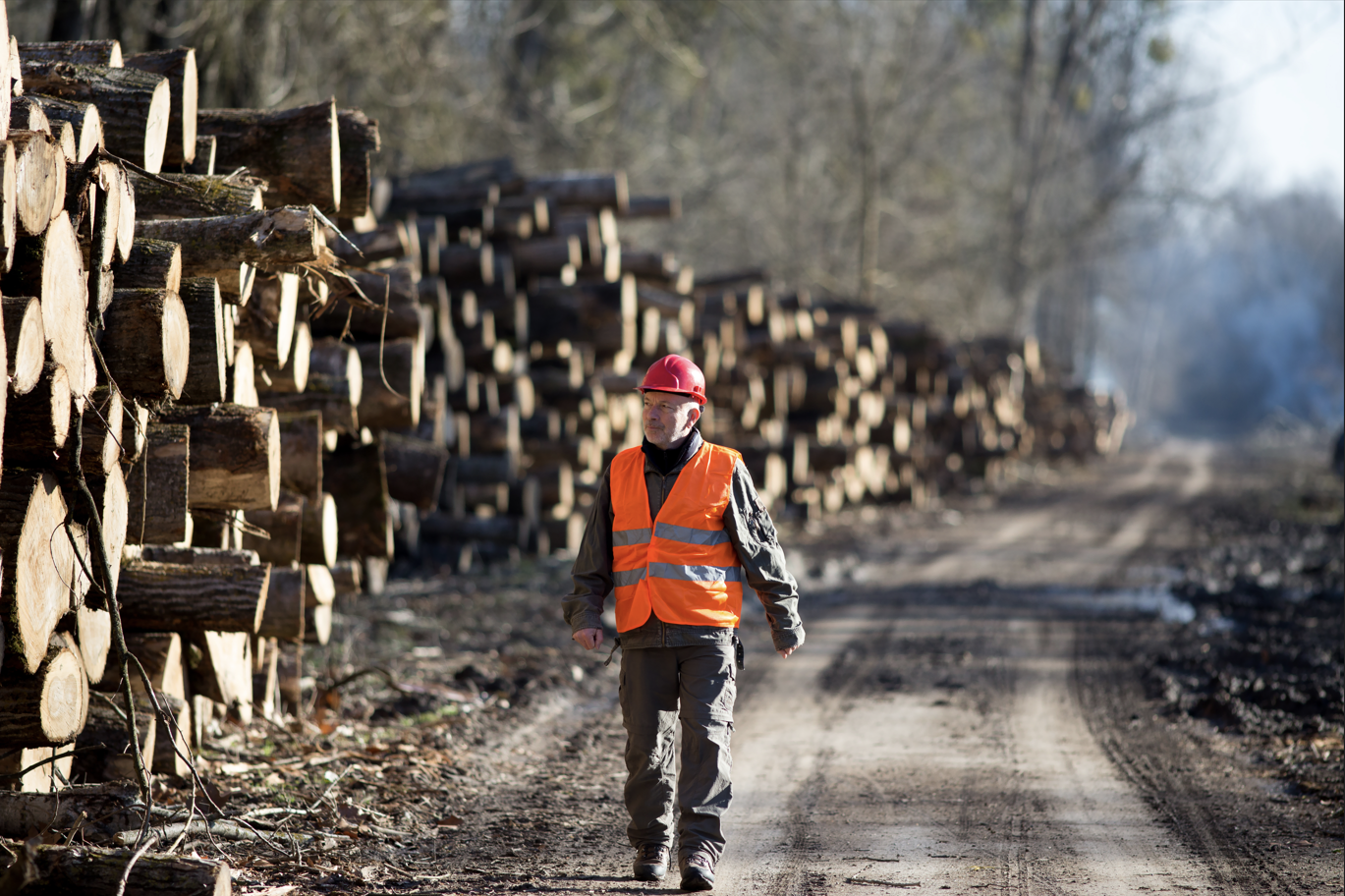Adequate Investment and Policy Support Needed to Ensure Success: Nighbor
This week, the Canadian Council of Forest Ministers (CCFM) introduced the Canadian Wildland Fire Prevention and Mitigation Strategy designed to increase awareness and investment in wildfire prevention and mitigation efforts nationwide.
Forest Products Association of Canada (FPAC) welcomes this proactive strategy to address worsening wildfires and their impacts on human health and safety, community infrastructure, the environment, and local economies.
"Canada's 2023 wildfire season was our most devastating in history – scorching roughly twenty-five times the forested land base relative to what Canada’s Registered Professional Foresters would harvest and renew across the country in an entire year. Beyond the devastation these fires caused they also served as a wake-up call for us to be more proactive in managing our forests and fire risks into the future,” said FPAC President and CEO Derek Nighbor.
“FPAC supports this week’s announcement by CCFM which puts a point on the urgency, but details will matter,” Nighbor said. “We must look at land planning and forest management through a fire lens in this country. That includes accelerating and increasing investments in fire shed mapping, supporting more active thinning and community fire-proofing, and establishing a clear national effort to find valuable uses and markets for low-grade wood and biomass,” Nighbor added.
In January, FPAC published How Canada's Forest Sector Can Support Wildfire Resilience, a report which details several recommendations on how government, forestry workers, and communities can work together to address growing wildland fire risks, including:
• Encouraging the federal government to fund Climate Change Vulnerability Assessments in and around forested communities and improve fire shed mapping.
• Supporting municipalities and Indigenous communities so they have the necessary funds and tools to fire-proof their communities, including using measures like thinning and prescribed burns.
• Accelerating growth and investment in Canada’s forest bioeconomy to develop new markets for low grade wood and remove dead and decaying wood from our forests to improve forest health and reduce fuel loads.
“We look forward to continuing our work with federal and provincial governments, Indigenous Peoples, and local community and labour leaders in forested communities to keep our people safer, protect critical infrastructure, improve air quality by reducing carbon emissions from fire, and create greater economic opportunity in rural and northern Canada,” Nighbor said.
FPAC provides a voice for Canada’s wood, pulp, paper, and wood-based bioproducts producers nationally and internationally in government, trade, and environmental affairs. As an industry with annual revenues exceeding $73B, Canada’s forest products sector is one of the country’s largest employers operating in hundreds of communities, providing 205,000 direct jobs, and over 600,000 indirect jobs across the country. Our members are committed to collaborating with Indigenous leaders, government bodies, and other key stakeholders to develop a cross-Canada action plan aimed at advancing forest health, while supporting workers, communities, and our environment for the long term.










.jpeg)

